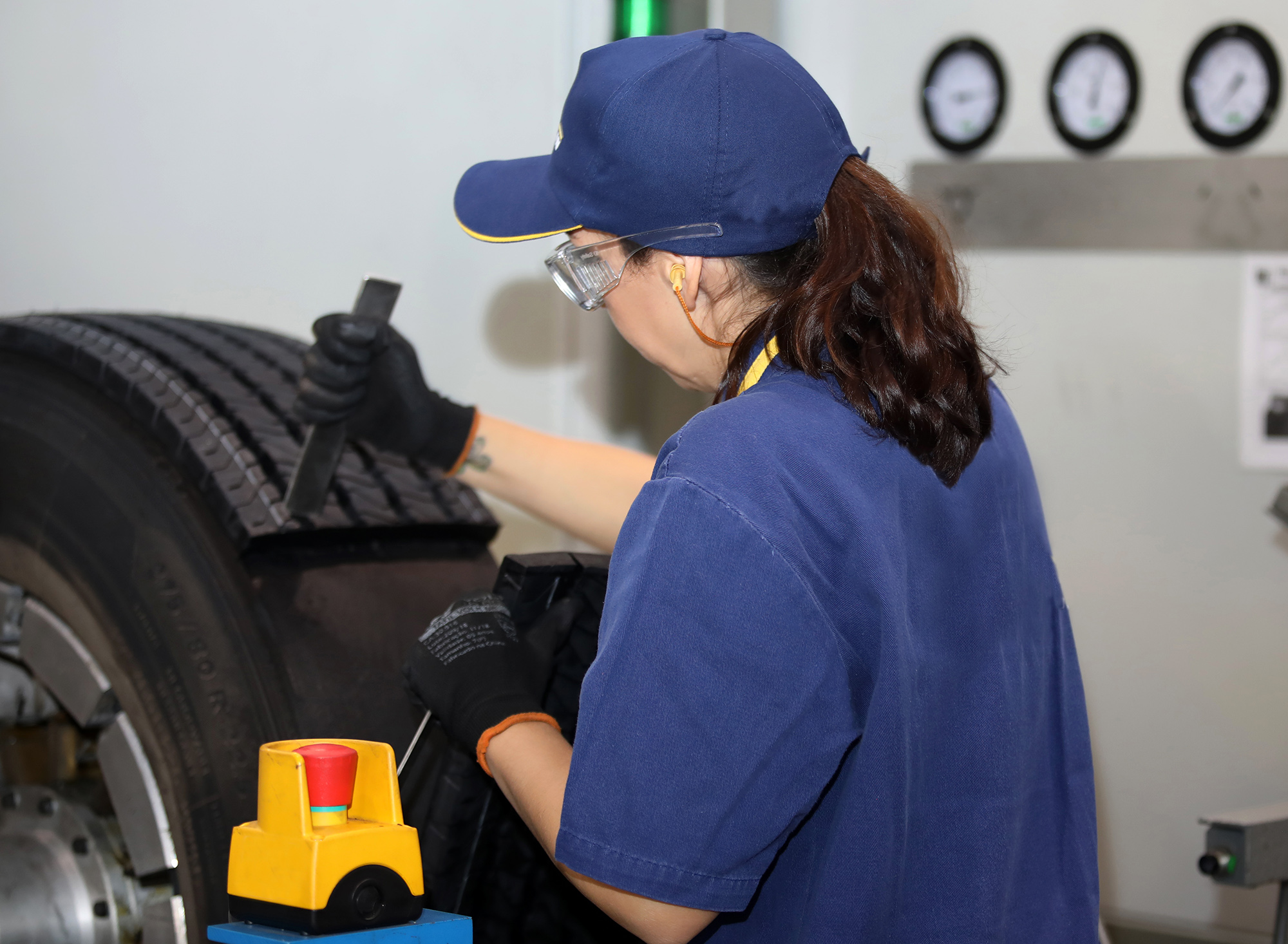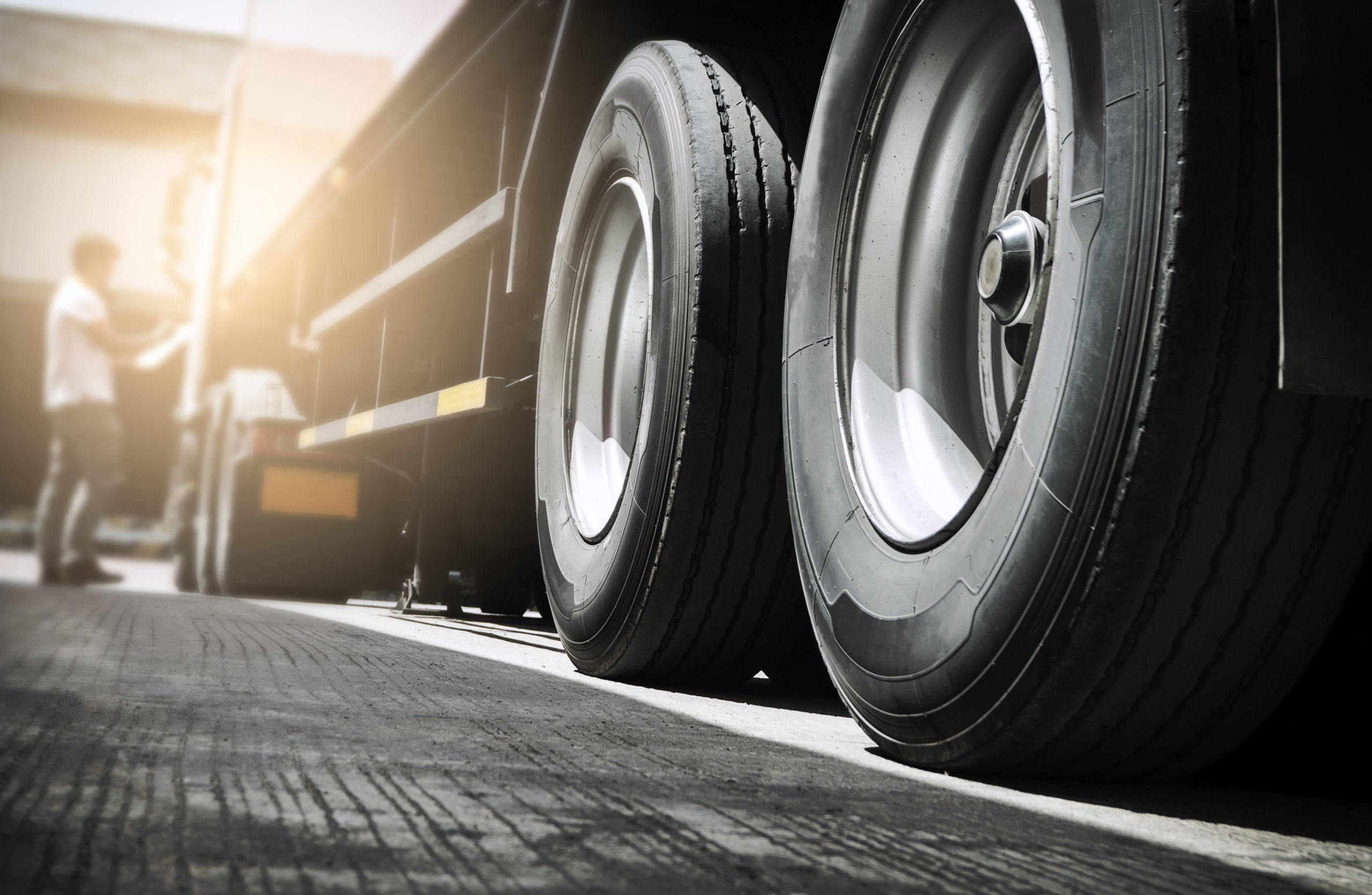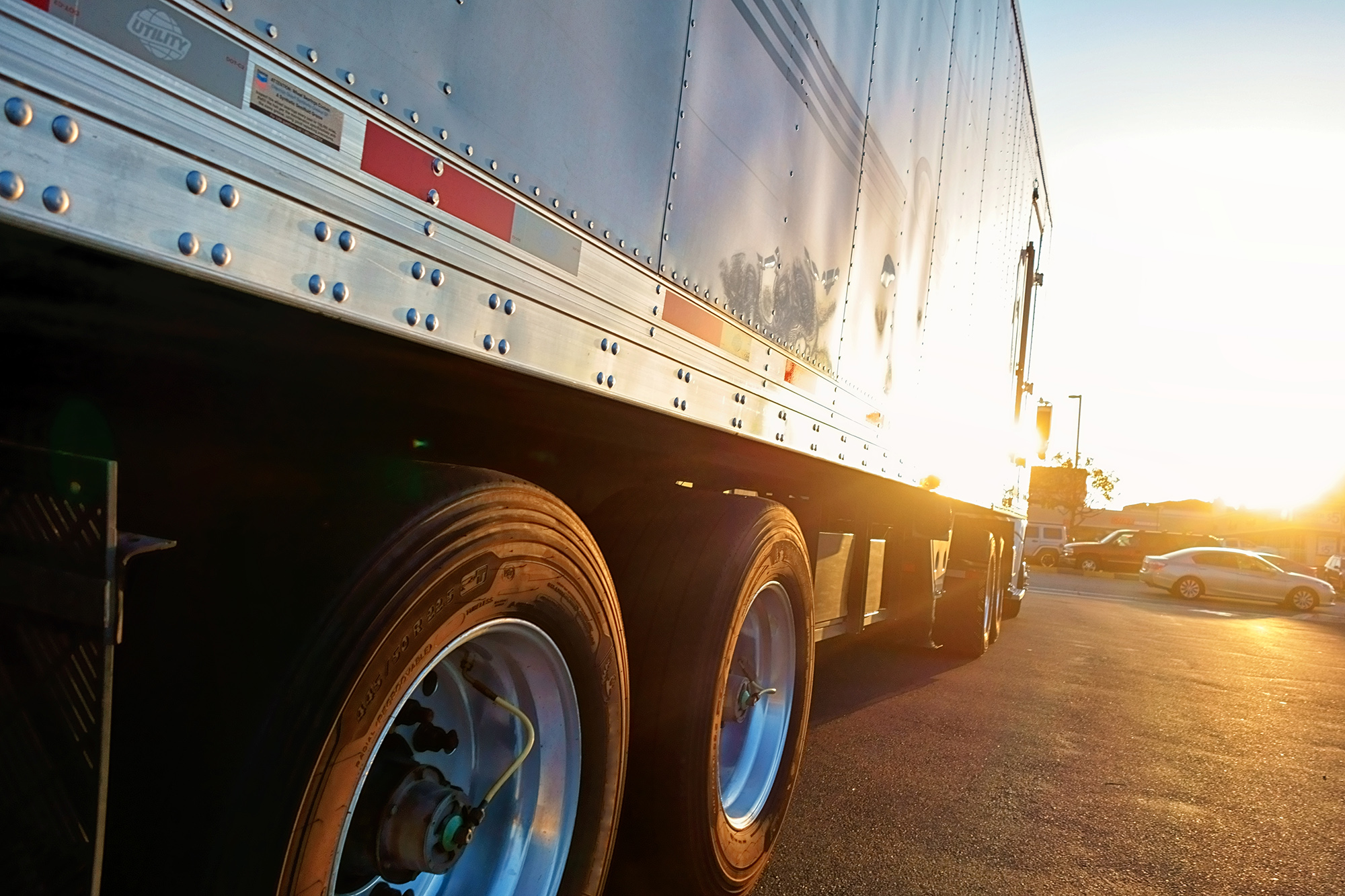When managing a fleet, one of the most important decisions you’ll make is choosing the right tires for your trucks. With advancements in both new truck tires and retreaded (or retread) tires, the decision isn’t as straightforward as it once was. Both options have their pros and cons, depending on your budget, sustainability goals, and performance needs. Let’s break down the key differences to help you decide which is the best fit for your operation.
What Are Retread Tires?
Retread tires are used tires that have had their worn tread replaced with a new tread layer. The process involves inspecting the old casing, removing and buffing away the old tread, and bonding a new layer of tread to the tire casing using a special heat and pressure process. This allows fleets to reuse tire casings multiple times, extending their lifespan and reducing costs.
___________________________________
Cost Comparison
New Tires
New truck tires are a significant upfront investment. While they offer premium performance and durability, outfitting an entire fleet with new tires can quickly add up.
Retreads
Retreads are significantly cheaper than new tires, they can cost 30–50% less on average. For fleets aiming to reduce expenses, retreads can be a game-changer, especially when casings can be retreaded multiple times.
___________________________________
Performance and Reliability
New Tires
New tires offer the latest technology in tread design, rubber compounds, and overall construction. This translates to optimal fuel efficiency, traction, and durability right out of the box. They’re ideal for fleets operating in demanding conditions or requiring the absolute best performance.
Retreads
Modern retread tires are highly reliable, thanks to advancements in retreading technology and strict quality standards. However, performance can vary depending on the quality of the casing and the retreading process. When done properly, a retreads performance is comparable to new tires for many applications, particularly in long-haul and regional trucking.
___________________________________
Safety
New Tires
New tires have a reputation for being safer since they’ve never been used before. They’re built to handle a full lifecycle of wear and tear, making them less prone to unexpected failures.
Retreads
Retreads often get a bad reputation for safety concerns, but this is largely outdated. High-quality retreads undergo rigorous inspection and testing. The key is choosing a reliable retread provider and monitoring tire casings for damage or wear before retreading. In many cases, a retread is safer than a new tire. In fact, if you have ever seen a “gator tail” on the road, which is a separated tread from a truck tire, that is usually from a new tire, not a retread.
___________________________________
Longevity
New Tires
A new tire generally last longer than retreads because they’re starting with fresh materials. This is especially true for premium brands designed for heavy-duty applications.
Retreads
The longevity of retreads depends on the quality of the casing and the application. While they may not last as long as new tires, the ability to retread a casing multiple times can still provide excellent value over the tire’s life.
___________________________________
Environmental Impact
New Tires
Manufacturing new tires consumes raw materials like rubber and petroleum and generates a significant carbon footprint.
Retreads
Retreading is an environmentally friendly option. By reusing tire casings, retreads reduce the demand for raw materials and keep tires out of landfills. Retreading a single tire saves about 15 gallons of oil compared to producing a new one, making it a sustainable choice for fleets focused on reducing their environmental impact.
___________________________________
When to Choose New Tires:
- Fleets requiring maximum performance and reliability in harsh conditions.
- Applications where safety and longevity are critical, such as in steer positions.
- When budget allows for higher upfront costs.
When to Choose Retreads:
- Fleets looking to save costs without sacrificing too much performance.
- Applications like drive or trailer positions, where retreads can provide excellent value.
- Businesses prioritizing sustainability and reducing their environmental footprint.
Both new truck tires and retreads have their place in fleet management. New tires are the go-to choice for premium performance and reliability, while retreads offer a cost-effective and eco-friendly solution. The key is understanding your fleet’s specific needs, driving conditions, and budget to make the best decision.
At the end of the day, a combination of both options might be the ideal strategy for many fleets. Using new tires on steer axles and high-performance needs while leveraging retreads for drive and trailer positions can strike the perfect balance between performance, safety, and cost savings.





